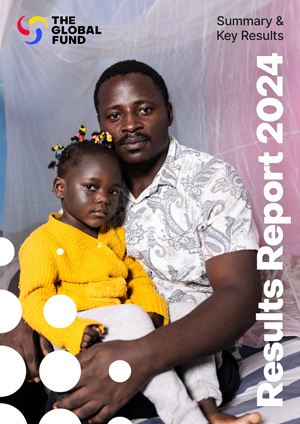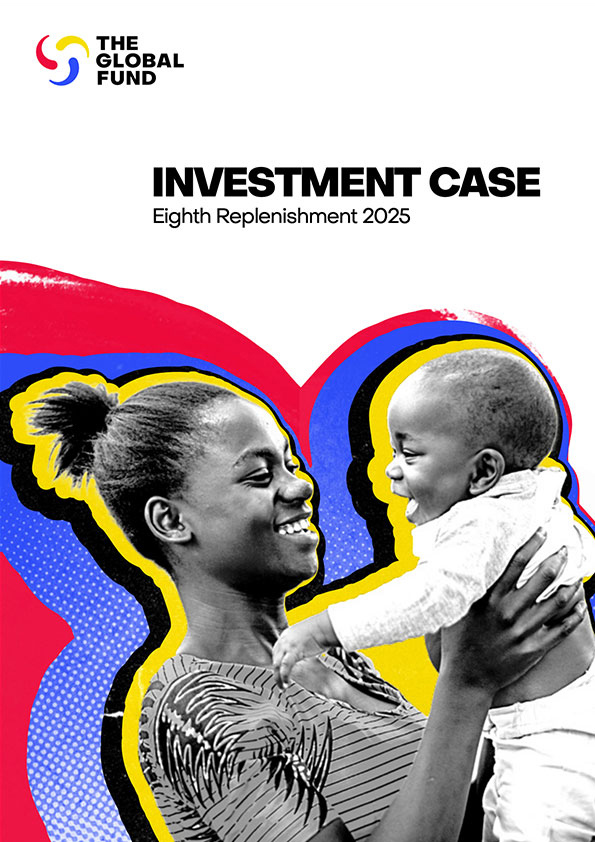Executive Director co-authors article dispelling AIDS myths
20 March 2009
Geneva – New global challenges are competing for the attention of political leaders amid a severe financial crisis, just as a myth has begun to emerge that too much money is being spent on tackling AIDS, the leading cause of death in Africa and the sixth highest worldwide, according to an article co-written by The Global Fund to Fight AIDS, Tuberculosis and Malaria’s Executive Director, Michel Kazatchkine.
Jointly authored by Peter Piot, the former head of UNAIDS who is now at the Global Institute of Global Health, Imperial College, London, Mark Dybul of the O’Neill Institute for National and Global Health Law at Georgetown University, Julian Lob-Levyt, Executive Secretary of the Gavi Alliance and Michel Kazatchkine, the viewpoint article, entitled “AIDS: lessons learnt and myths dispelled,” was published in the Lancet on Friday.
As the AIDS epidemic approaches its fourth decade, the authors examine “what we – the international community – got right, what we got wrong, and why we need to urgently dispel several emerging myths about the epidemic and the global response to it.”
The authors dismiss a number of myths surrounding the disease:
- One of the most common myths is that HIV prevention is not working, the authors said. However, they add: “Much evidence suggests that, in several countries, prevention programs are effective. Between 2005 and 2007, coverage of services to prevent mother-to-child transmission of HIV increased from 14 percent top 33 percent. As a result in 2007 we noted for the first time a substantial decrease in the number of children born with HIV”.
- An increasingly recurrent myth is that one solution, or a so-called “silver bullet,” will comprehensively prevent HIV transmission, says the article. “No approach will be enough on its own, and the promotion of one solution is, in our view, irresponsible. If we have learned one lesson in the past 27 years, it is that effective HIV prevention depends on customizing the right mix of interventions for every context.”
- Another misconception is that heterosexual transmission of HIV is uncommon outside Africa. The article cites generalized epidemics in Haiti and Papua New Guinea and states that heterosexual transmission drives the epidemic between sex workers, their partners, clients, and clients’ partners in Asia and elsewhere. AIDS is also the leading cause of death among African-American women in the USA.
- Regarding the amount of money spent fighting AIDS, the authors say that investment in fighting AIDS has begun to increase substantially “rising from a paltry $250 million in 1996 to around $14 billion in 2008. Even so, UNAIDS estimates that available resources at present fall well short of what will be needed to reach coverage targets for 2010.”
- The authors also dispel the myth that investments in AIDS are being made at the expense of health systems that are chronically underfunded. “Although AIDS has exposed weaknesses in health systems, funds for this disease are making a major contribution to strengthening of health systems.” The Global Fund and Pepfar (U.S. Emergency Program for AIDS Relief) are now among the biggest investors in health systems, joining other funds such as the Gavi Alliance (Global Alliance for Vaccines and Immunization). Some 35 percent of the Global Fund’s financing for AIDS, tuberculosis and malaria contributes directly to supporting human resources, infrastructure and equipment and monitoring and evaluation: all key components of health systems.
- A further myth that has emerged suggests that strengthening health services alone will solve the world’s health problems, including AIDS. Improved health systems alone are not enough to end the epidemic, say the authors. ”We have known since the early 1990s that, although the health sector has a major role in provision of HIV treatment, it cannot and does not meet the full range of needs.”
- A last myth is that AIDS has somehow been solved, says the Lancet article. Fewer deaths from AIDS does not mean that the problem is anywhere near solved. “We need to recognize that AIDS is a long-term event. We have to identify now how to finance a sustained response to AIDS for another several decades, and develop longstanding links with broader efforts to strengthen health systems and health workforces as well as other developments, such as education and food security.
The authors also say the international community in the early 1980s underestimated the global effect the disease would have and the extent to which stigma and discrimination would remain formidable obstacles to tackling AIDS. But the sense of urgency that would eventually develop in the global AIDS movement was also underestimated and this has led to “an unusual convergence of political will, money and science.”
On the other hand, the international community overestimated the speed with which the epidemic would spread in regions other than sub-Saharan Africa and was also excessively optimistic about “our capacity to devise technological solutions to prevent HIV.” The authors add: “We still seem many years away from either a vaccine or a microbicide to protect against HIV transmission.”
For full text of article, please click on:
http://www.thelancet.com/journals/lancet/article/PIIS0140-6736(09)60321-4/fulltext







